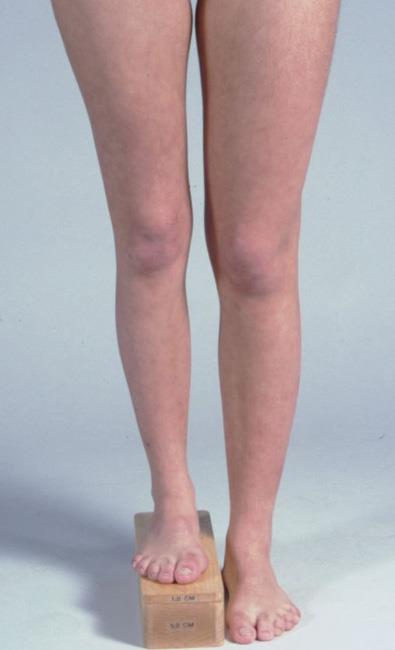Leg Length Discrepancy
Leg Length Discrepancy (LLD) is a condition where one leg is shorter than the other, leading to various musculoskeletal issues, causing an imbalance in the musculoskeletal system. This condition can be congenital or acquired and may affect people of all ages.

Causes
- Congenital Factors: Some individuals are born with a natural leg length difference due to genetic factors or developmental issues during fetal growth.
- Injuries and Trauma: Fractures or injuries during childhood or adolescence can lead to uneven bone growth, resulting in LLD.
- Medical Conditions: Certain conditions such as scoliosis, hip dysplasia, or bone infections can contribute to leg length inequality.
Symptoms
- Gait Abnormalities: Patients may exhibit an uneven gait or walk with a limp.
- Back, Hip, or Knee Pain: LLD can cause discomfort in the lower back, hips, or knees due to the body’s attempt to compensate for the imbalance.
- Uneven Shoe Wear: Noticeable differences in shoe wear may indicate a leg length difference.
Non-Surgical Treatments
- Orthopedic Shoe Lifts: Elevating the shorter leg with specially designed shoe lifts helps to address mild discrepancies.
- Physical Therapy: Targeted exercises can improve muscle strength and joint flexibility, aiding in better alignment.
- Insoles and Inserts: Customized insoles can provide additional support and balance for individuals with LLD.
Surgical Treatments
- Ilizarov Method: This surgical technique, pioneered by Dr. Gavriil Ilizarov, is a versatile technique applicable to various limb lengthening scenarios. It involves the use of an external fixator to gradually stretch bone and soft tissues, promoting new bone growth.
- Epiphysiodesis: This procedure involves slowing down the growth of the longer limb using surgical techniques, evening out the leg lengths.
- Precice internal magnetic lengthening nail. This device has revolutionized the treatment of leg length discrepancy. It is implanted in the involved bone and controlled with an external magnetic device. It allows precise distraction and deformity correction without any external apparatus. It allows full movement of all joints during the lengthening process. Our expert in this procedure, Dr Jeffrey Kanel, has extensive experience and would be happy to provide consultation regarding use of this innovative device.

Patient Age and Considerations
While non-surgical interventions are often explored first, the ideal age for surgical intervention varies. Pediatric patients may undergo procedures like epiphysiodesis, while the Ilizarov method can be applicable in both pediatric and adult cases.
Conclusion
Understanding leg length discrepancy empowers patients and families to make informed decisions about treatment options. Whether opting for non-surgical interventions or considering the Ilizarov method, consulting with a skilled orthopedic specialist is crucial. Individualized care plans and advancements in orthopedic surgery provide hope for improved quality of life for those dealing with leg length discrepancy.
Sources:
American Academy of Orthopaedic Surgeons. (https://orthoinfo.aaos.org)
Paley, D. (2000). Problems, obstacles, and complications of limb lengthening by the Ilizarov technique. Clinical Orthopaedics and Related Research, 379, 8-18.
Ganger, R., & Radler, C. (2008). Congenital limb length discrepancy. International Orthopaedics, 32(5), 649-654.
